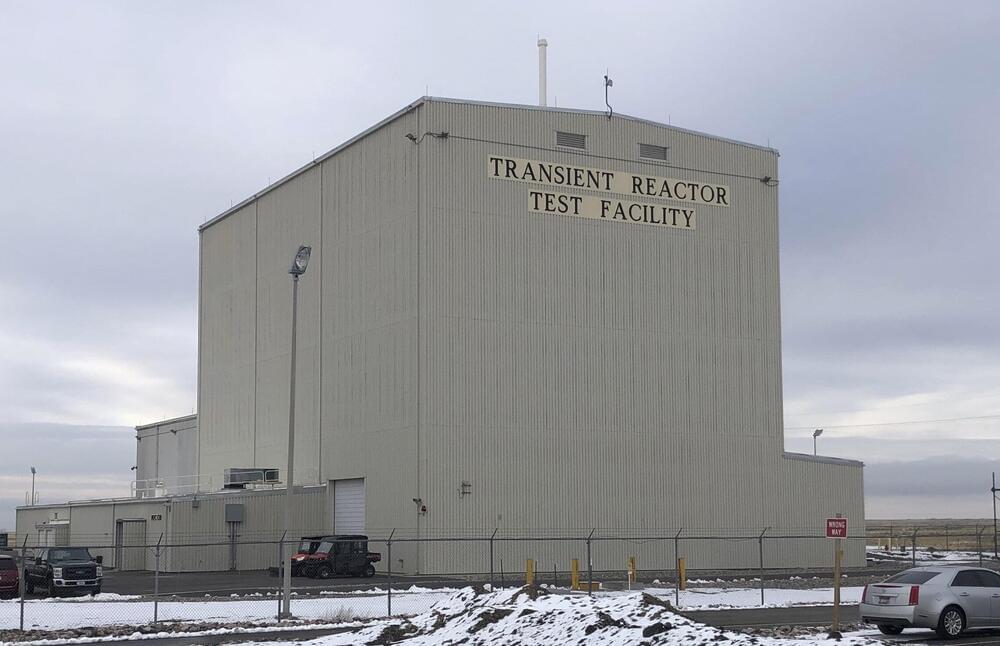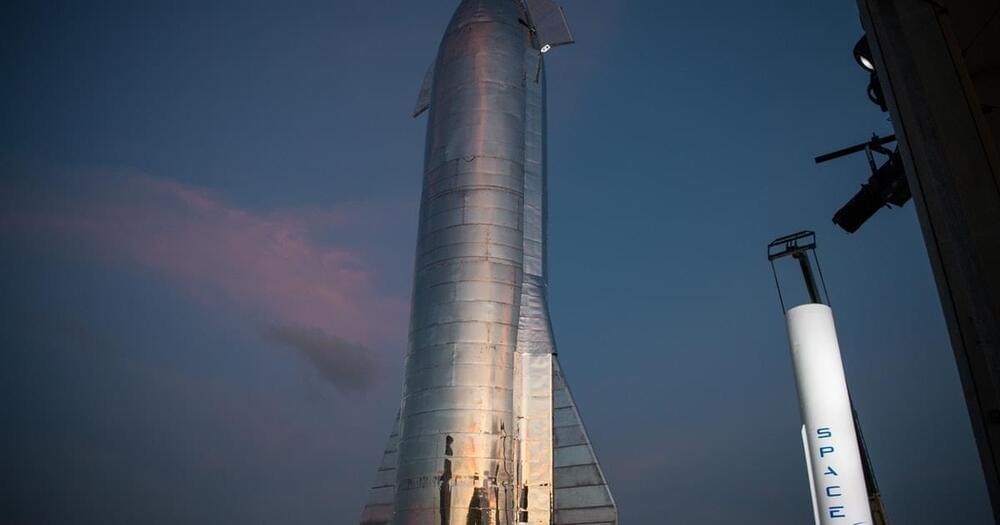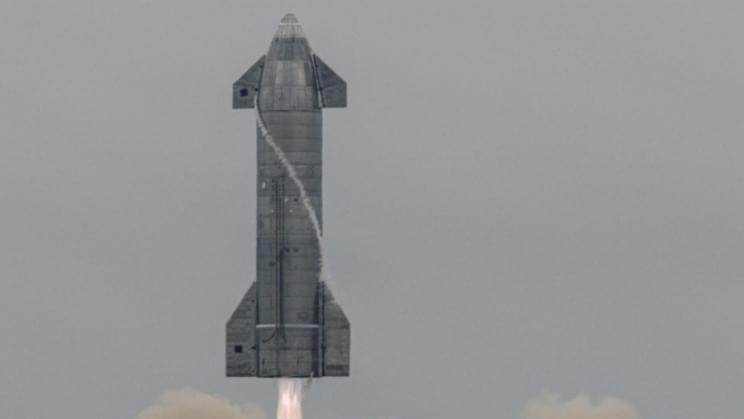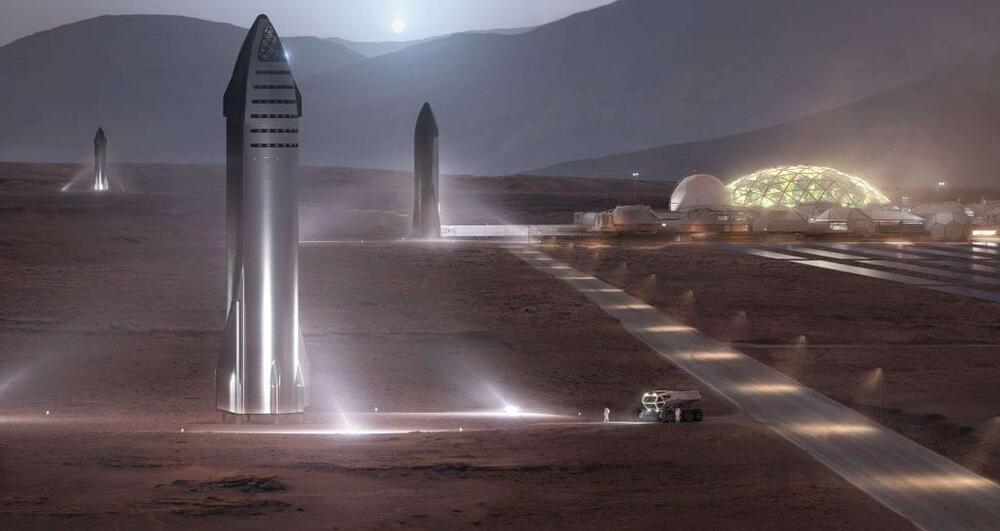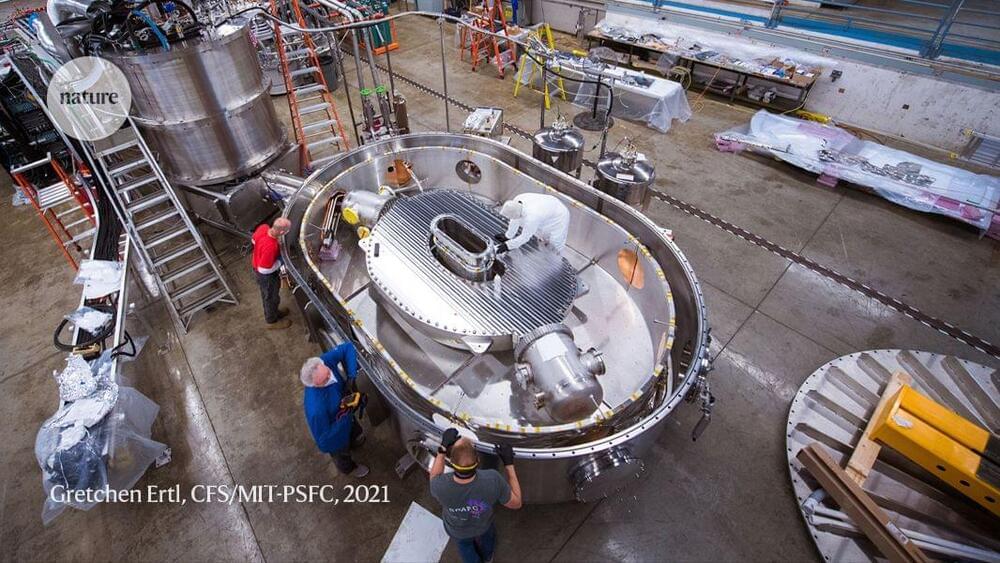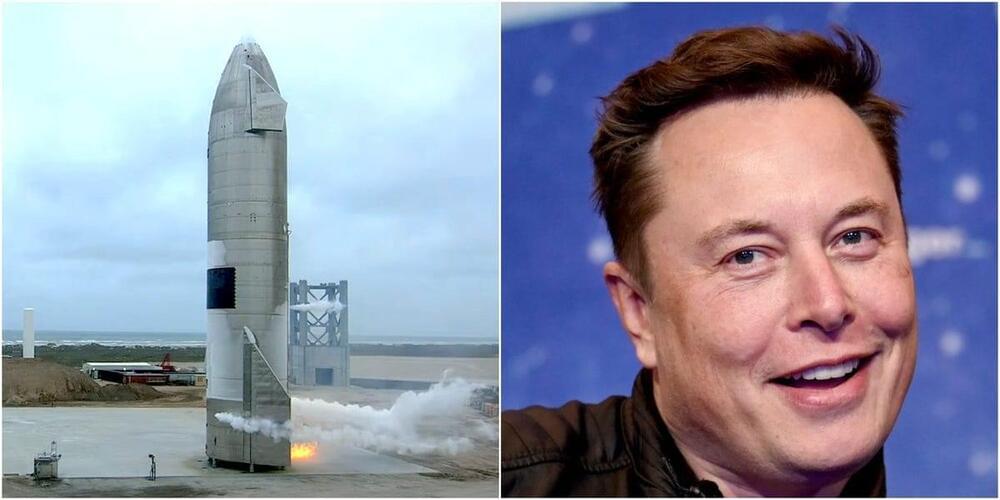But it might not be a success, warns Elon Musk.
SpaceX’s launch vehicle scheduled to take humans back to the Moon is expected to make its first orbital flight as early as January 2022.
Speaking in a video call at the fall meeting of the National Academies of Sciences, Engineering, and Medicine, CEO Elon Musk said that SpaceX is scheduled to carry out some tests in December, ahead of Starship’s first orbital flight in January, Business Insider reported.
The biggest launch vehicle built to date, SpaceX’s Starship consists of two parts, a first stage booster called Super Heavy and the actual spacecraft that gives it the name, Starship. Both these components are powered by SpaceX’s Raptor engines but differ in capacities. When finally ready, the Super Heavy is expected to have 33 Raptor engines while the spacecraft will have just six. Both components are designed to be reusable and are expected to play an important role in taking humankind to Moon, Mars, and even beyond, Space reported.
Full Story:
